April 17, 2025
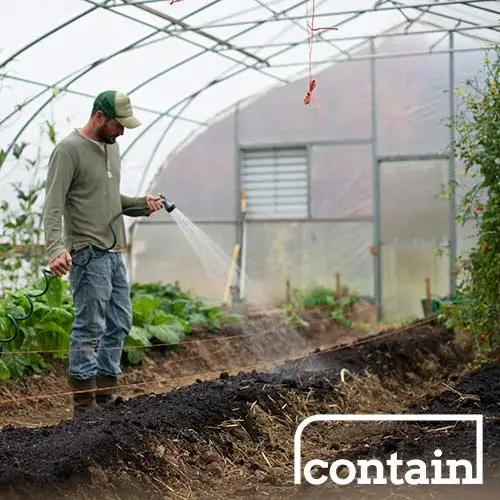
The past few years have been anything but smooth for the indoor agriculture sector. After a period of rapid investment and expansion, the industry has faced a series of bankruptcies, closures, and a marked slowdown in fundraising. For many farms and agtech companies, this has raised pressing questions about how to raise indoor farm funding. In today’s tough fundraising market, some are considering selling the business as an alternative.
To help shed light on these challenges and opportunities, we spoke with Adam Bergman, founder of EcoTech Capital and a specialist in food and agtech investment banking. Adam’s perspective is grounded in decades of experience in agtech banking at firms like Citibank and Wells Fargo.
A Sector in Transition
The past two years have been marked by consolidation and recalibration. In 2024, vertical farming majors like Bowery Farming filed for Chapter 7 bankruptcy, while Plenty Unlimited halted construction on its Virginia farm amid financial strain. It too later filed for bankruptcy. Bergman notes that 70% of prior investments in the sector could vanish through bankruptcies or distressed sales, a stark reminder of the risks inherent in scaling unproven models.
Yet the broader indoor agriculture market shows resilience. Greenhouse operators like BrightFarms and Gotham Greens expanded in 2024. BrightFarms opened three new U.S. facilities and Gotham Greens achieved nationwide retail distribution. Bergman highlights this divergence: “Vertical farms face steeper challenges due to higher energy and capital costs, but greenhouses are not immune to pricing pressures either. Profitability remains elusive for many.”
Adam is quick to point out that the current challenges in indoor ag are not unique. “We’re seeing the reality of an overinvestment into an industry. It is not the first time. It won’t be the last time,” he says. While the headlines have focused on high-profile bankruptcies like Bowery’s, Adam notes that this is part of a broader cycle seen in other sectors, from clean tech to mobility.
Despite the tough environment, Adam remains optimistic about the long-term prospects for indoor ag. He highlights three “mega trends” that continue to drive opportunity: food security, sustainability, and health and nutrition.
Fundraising: What Works Now
For those looking to raise capital, Adam’s advice is clear and practical. The days of raising money on vision alone are over. Investors now want to see real traction, proven economics, and a clear path to profitability.
“If you don’t have a history of producing and you try to raise money today, particularly to build a facility, I think it’s going to be very difficult,” Adam says. He emphasizes the importance of offtake agreements and customer validation. “If you’re not bringing a decent amount of revenue to the table, I think it’s going to be very difficult for you.”
Adam also points out that the market is especially tough for vertical farms growing leafy greens, which face stiff competition from greenhouses and outdoor grown produce. He suggests that companies consider focusing on higher-value crops or products where indoor production can command a premium. Even then, the economics must make sense.
Selling Your Business: Eyes Wide Open
For those considering a sale, Adam is candid about the realities of today’s M&A market. “We’re in a very troubling M&A market. We have high interest rates, we have lower margins, and that was before we just entered into probably one of the most turbulent economic periods that we have faced in over 15 years,” he explains.
He stresses that differentiation is key. “If you want to be sold, you’d better be able to articulate very well the value you’re going to have for that big player.” Buyers are looking for assets or technology that can be easily integrated and that offer a clear path to profitability. Fire sales are common for companies without proven traction that are running out of money.
Adam also notes that most investment bankers, himself included, are not working on a success-fee-only basis in this market. “Much of my work today is retainer based. Very little of what I’m doing is purely on a success fee,” he says. Companies should be prepared for upfront costs if they want professional help with a sale.
Practical Steps for Sellers
If you’re a startup that’s decided to sell, Adam advises that you need to show real traction—referenceable customers, revenue, and a product that solves a real problem. Think carefully about who you want to approach for acquisition. For agtech startups, your most likely acquirers are your customers. This is especially the case if you can illustrate your benefit to their bottom line.
He also cautions that the M&A process is rarely private for long. “Once they start an M&A process, even under NDA, they should expect that their competitors, their customers, and most of the other industry players will know what’s going on. And if it’s not successful, then that’s also going to be a negative for them.”
Adam’s final piece of advice: be ready and targeted. “I would never go out in a market like this and just say, ‘Hey, we’re up for sale,’ and hope that people are going to show, because there’s a high probability they might not.”
Looking Ahead
Although the current environment is challenging, Adam’s outlook is ultimately positive for those who focus on fundamentals. The sector’s long-term drivers remain strong, but success will come to those who can demonstrate real value, whether to investors or acquirers.
For farms and tech companies, the message is clear: focus on operational excellence, build real customer relationships, and be realistic about what the market will bear. As Adam puts it, “The companies that thrive will be the ones that treat this as industrial agriculture, not just technology.
Disclaimer
Featured image courtesy of Unsplash.
The information provided on this blog is for general informational purposes only. It is not intended to be a comprehensive analysis of the securities, markets, or developments referred to. While we strive to ensure the accuracy and reliability of the information, the content of this blog does not constitute financial advice, investment advice, trading advice, or any other advice. You should not treat any of the blog’s content as such.
We do not recommend that any securities listed or discussed be bought, sold, or held by you. Nothing on this blog should be taken as an offer to buy, sell, or hold securities. Please conduct your own due diligence and consult with a qualified financial advisor before making any investment decisions.
Forward-looking statements made in this blog are only predictions and are subject to risks, uncertainties, and assumptions that are difficult to predict. Therefore, actual results may differ materially from those expressed in forward-looking statements. We expressly disclaim any obligation to update or alter statements whether as a result of new information, future events or otherwise, except as required by law.

August Indoor Ag Update: M&A Galore & Indoor Specialty Crops Funding

July Indoor Ag Update: Acquisitions Accelerate & Funding Returns

Five Farms Making a Go of Indoor Agriculture

Dyson’s 250% Yield Breakthrough Headlines June AgTech: Vertical Farming Advances, M&A Activity, and Industry Setbacks
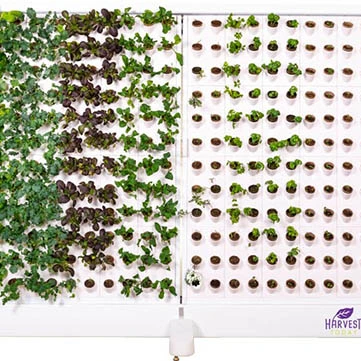
Indoor Agriculture Pivots to Home Gardens as Vertical Farming Failures Drive Strategic Reevaluation
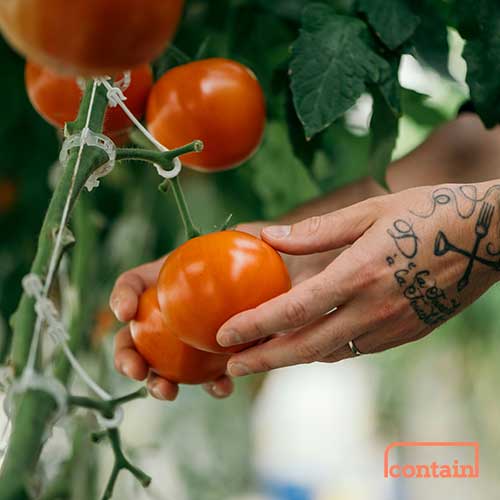
Zordi Series B and May 2025 Indoor Agriculture Developments
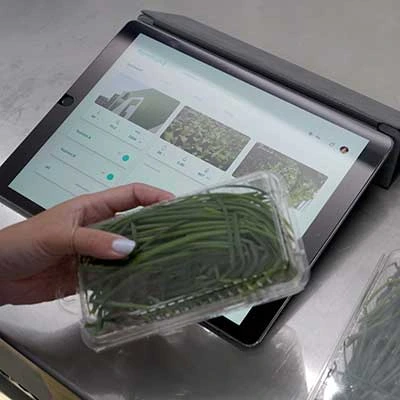
Freight Farms Bankruptcy and iUNU’s $20M Raise Highlight April’s Indoor Ag Contrasts
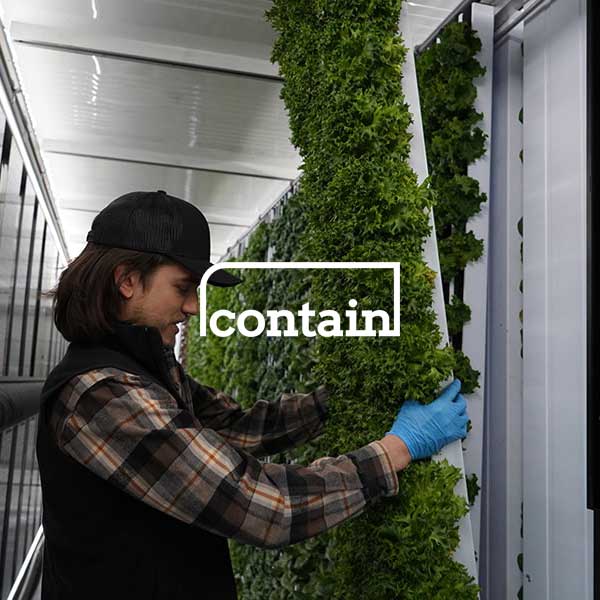
Freight Farms Resources: Indoor Ag Companies Stepping Up to Support Freight Farmers
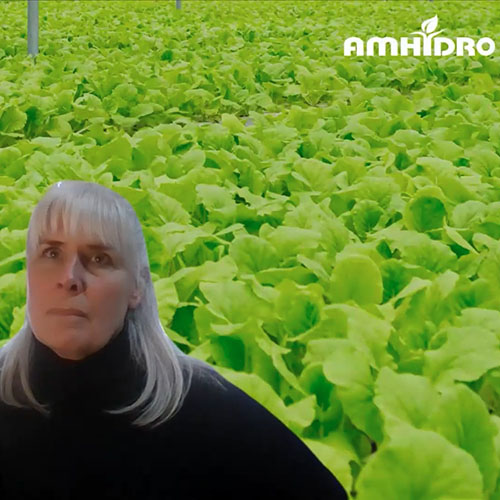
How to Finance Your Hydroponic Project in 2025: Finding Opportunity in a Shifting Market

Indoor Ag’s New Reality: Practical Advice from Investment Banker Adam Bergman
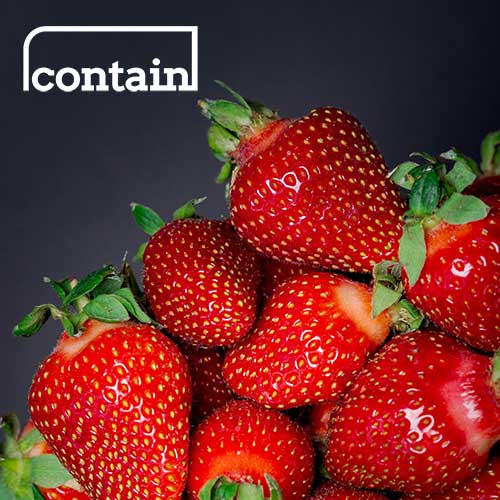
Plenty Unlimited bankruptcy dominates March’s indoor ag news, overshadowing new farm plans
